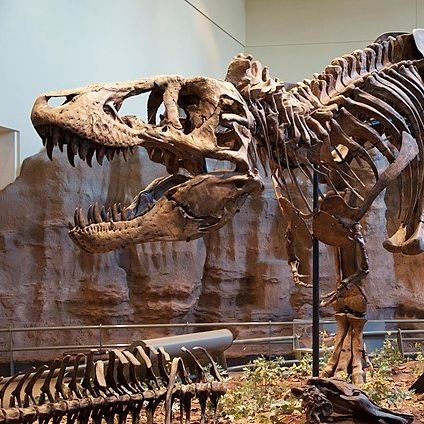A dinosaur is a type of ancient reptile that lived on Earth millions of years ago during a time period known as the Mesozoic Era. These fascinating creatures are famous for their enormous size, diverse shapes, and unique features. Dinosaurs ranged from small, bird-like creatures to colossal giants that dominated the land.
One of the defining characteristics of dinosaurs is their stance: they walked with their legs positioned directly beneath their bodies, unlike earlier reptiles whose legs splayed out to the sides. This adaptation allowed dinosaurs to be more agile and efficient hunters or grazers.
Dinosaurs had various adaptations depending on their species and habitat. Some, like the Tyrannosaurus rex, were fearsome predators with sharp teeth and powerful jaws. Others, like the long-necked Brachiosaurus, were gentle herbivores that browsed on tall trees. Their diversity is evident in the vast array of fossils discovered around the world, which range from footprints to nearly complete skeletons.
These ancient reptiles lived in different environments, from lush forests to dry deserts, and their fossilized remains provide clues about their behavior, diet, and social structures. Studying dinosaurs also helps scientists understand the broader history of life on Earth, including how climate changes and geological events influenced their evolution and extinction.
The extinction of dinosaurs, famously marked by a catastrophic event approximately 66 million years ago, led to the rise of mammals and eventually humans. While most dinosaur species vanished forever, their legacy lives on through fossils, scientific research, and popular culture.

![Spinosaurus_swimming[1] Spinosaurus_swimming[1]](https://prehistoriclearn.com/wp-content/uploads/elementor/thumbs/Spinosaurus_swimming1-qq9jatxlc5n7tgwvtdw4ec8txuvfp4606q5lsgfh1c.jpg)